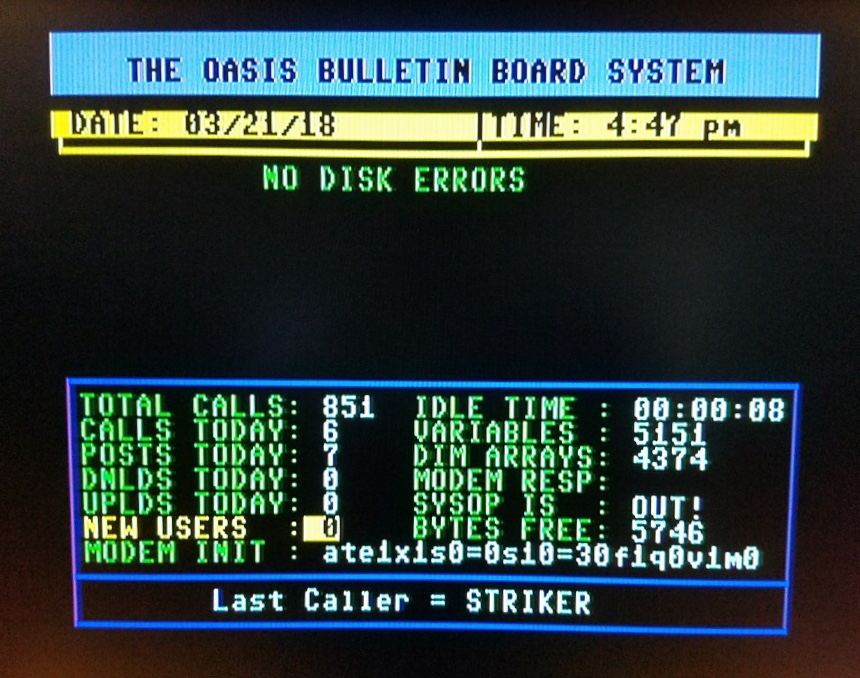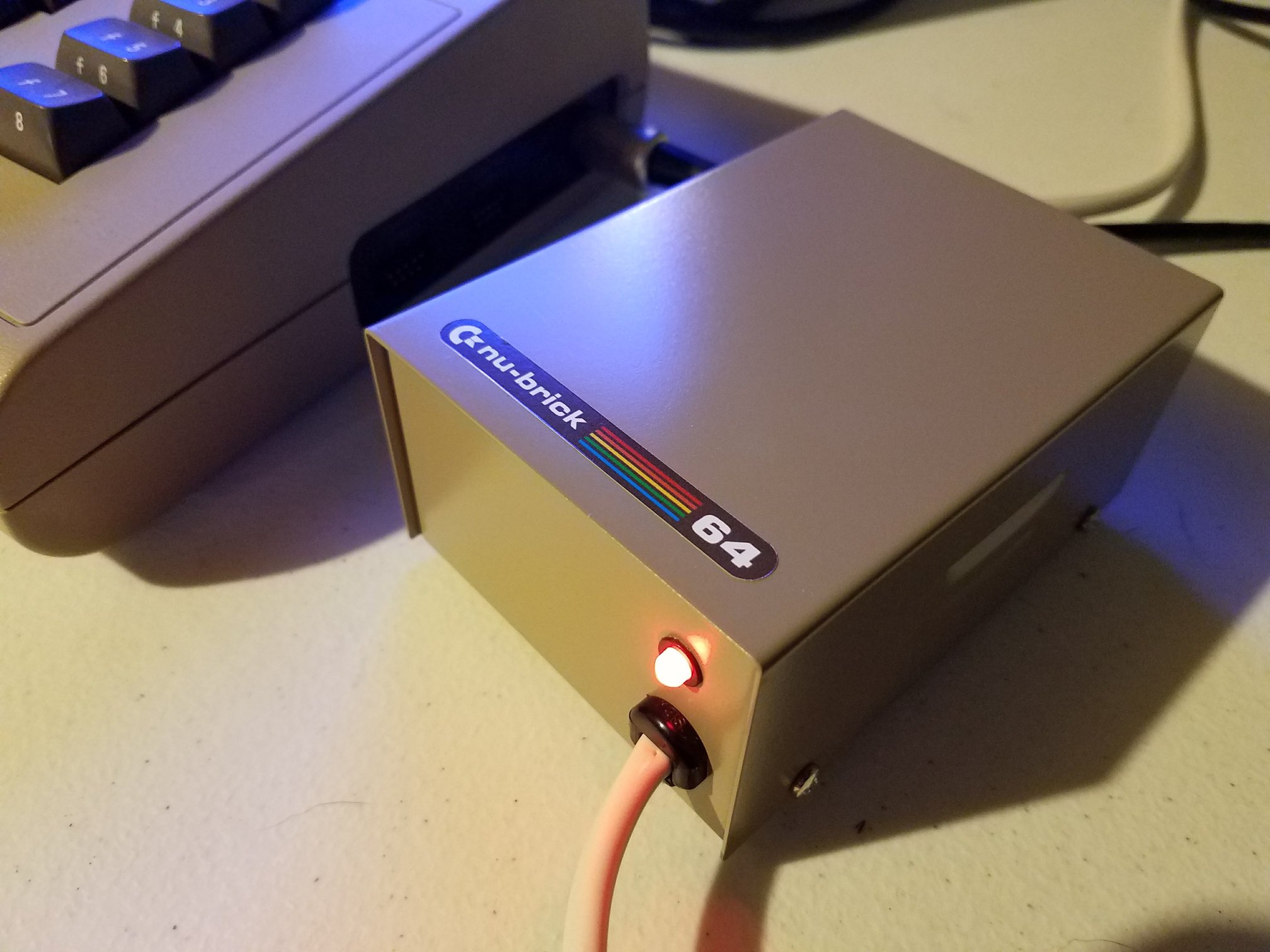Phaze101 has shared a helpful walkthrough for anyone interested in installing and configuring the Xemu emulator for the MEGA65 on Windows. The video takes viewers through each stage of the setup process, covering both installation and configuration, with clear steps that make it easier to get started with this powerful tool.
The tutorial begins with a look at the different versions of Xemu available for download. Phaze101 explains the difference between stable, development, and experimental releases, offering guidance on which might best suit new users. He chooses the latest Windows 64-bit installer, noting that while newer builds may have bugs, they also include recent updates. This context helps viewers decide whether to prioritize stability or the latest features.
After downloading, the walkthrough continues with installation on Windows 10. The process includes bypassing the unknown publisher warning and selecting an install directory. Once installed, users are shown the available executables, with attention placed on the MEGA65 emulator specifically. Phaze101 makes it clear which files matter and which can be ignored for this setup.
Configuration is the next important step. The emulator requires the MEGA65 ROM, which is not included due to copyright. Phaze101 avoids distributing this file but provides direction on where it needs to be placed for proper functionality. The tutorial also walks through creating and initializing the SD card image within the emulator. Right-click menus, formatting steps, and file updates are all covered to make sure the environment is ready for use.
Once everything is in place, Phaze101 demonstrates the emulator running the MEGA65. The setup creates additional files in the system directory, confirming that everything is properly configured. The video closes with encouragement for viewers to test the emulator, begin experimenting with BASIC, assembly, or TRSE, and subscribe for future tutorials.
This guide is an accessible way for MEGA65 enthusiasts and developers to get the Xemu emulator running without frustration. By following along, viewers can be confident they will have a working setup ready for development or general exploration.







